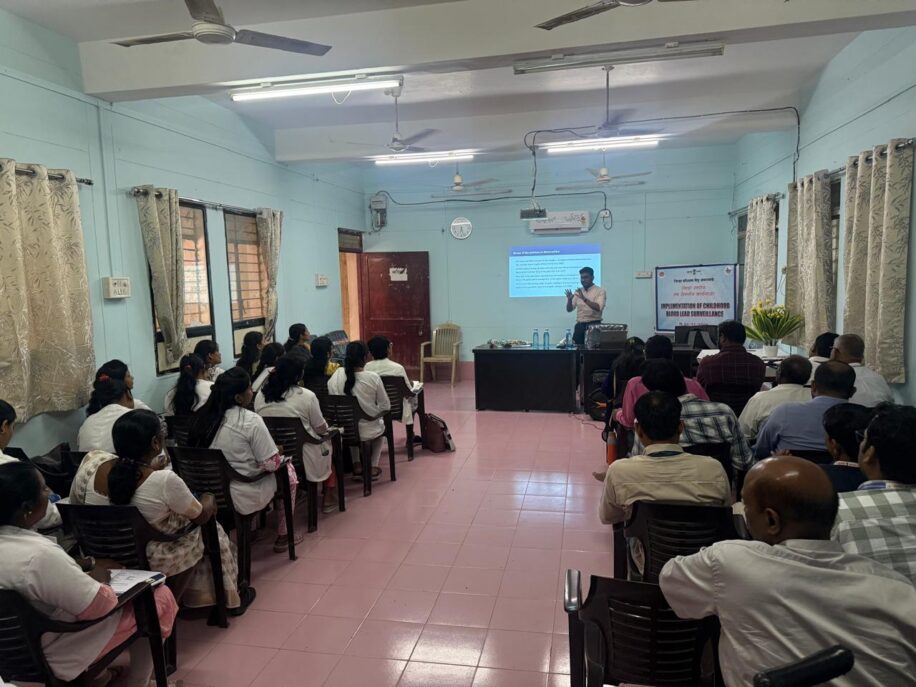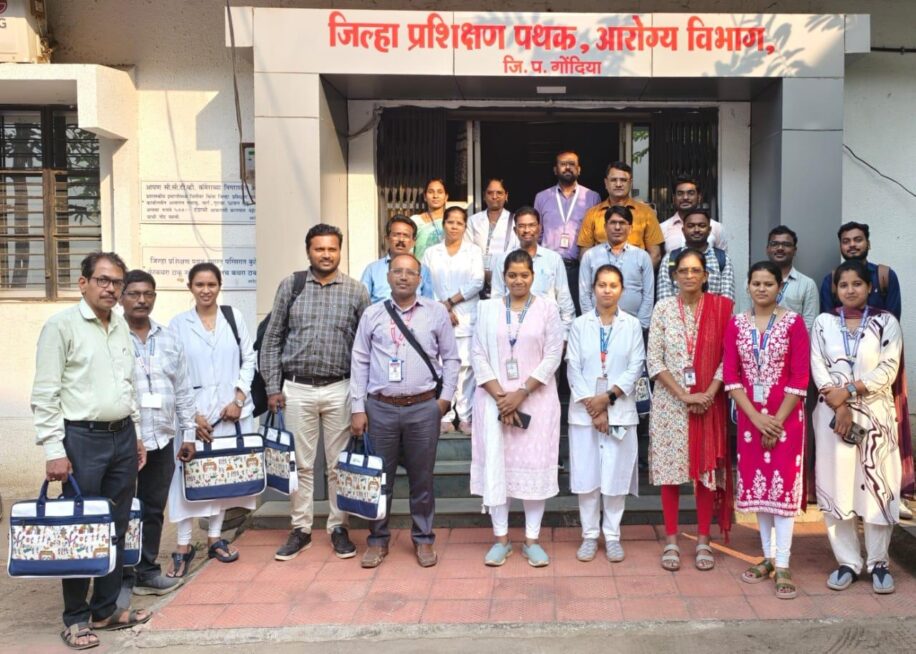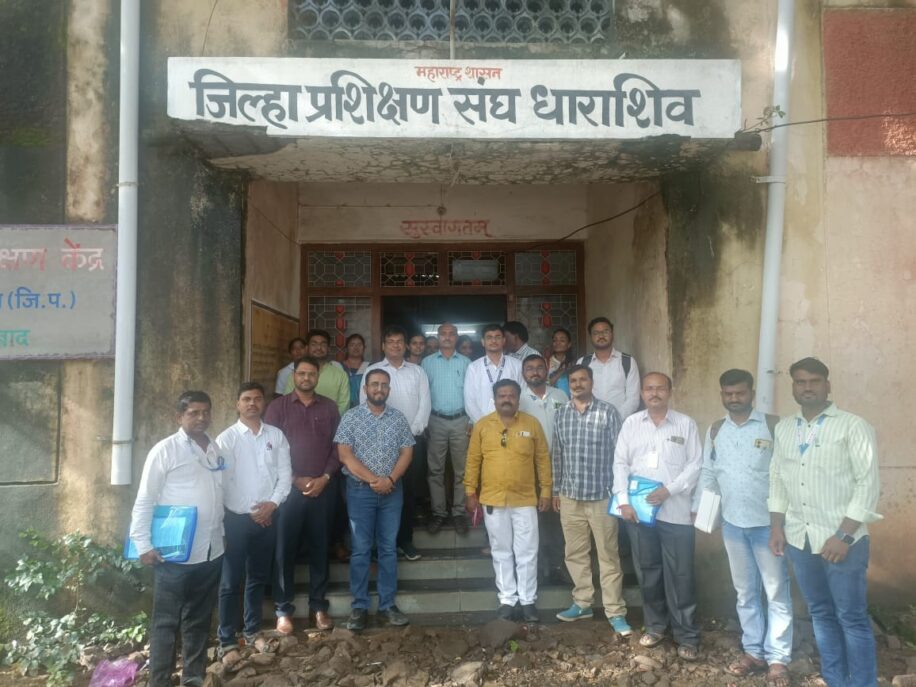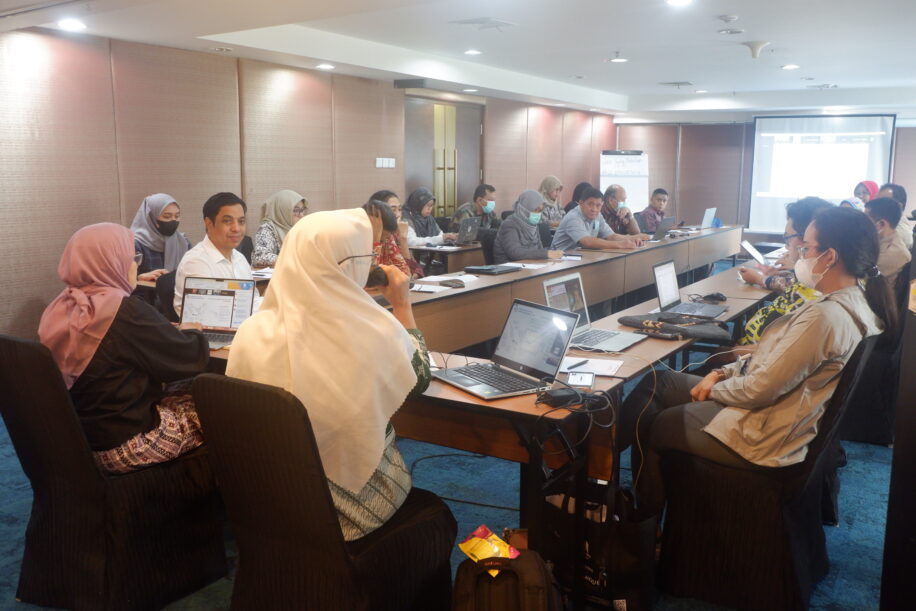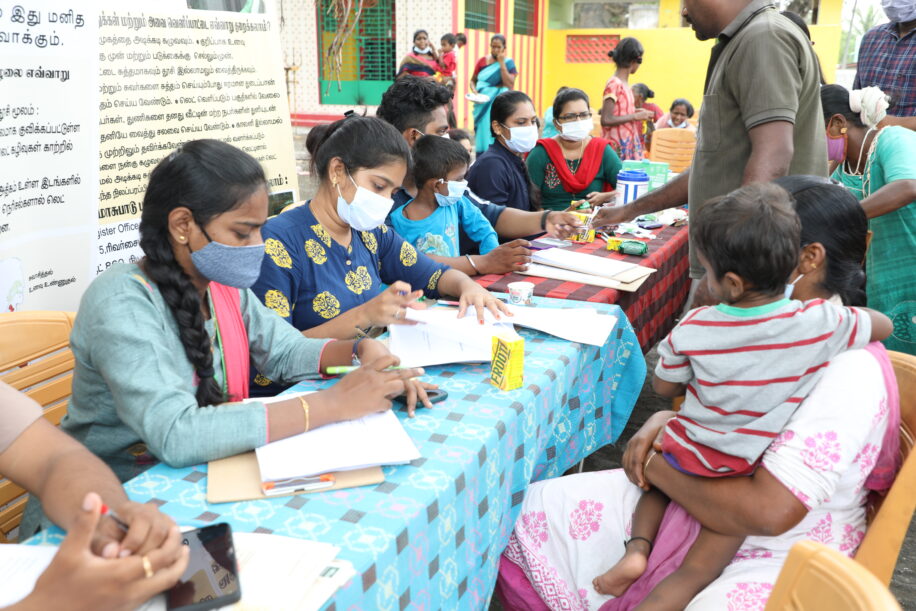The harmful impact of childhood lead poisoning on cognitive development and long-term health continues to pose a serious public health challenge. To strengthen prevention and response systems, the Takeda-supported project … Continue reading Takeda Project Reaches Amravati District: Expanding Childhood Lead Surveillance Capacity
